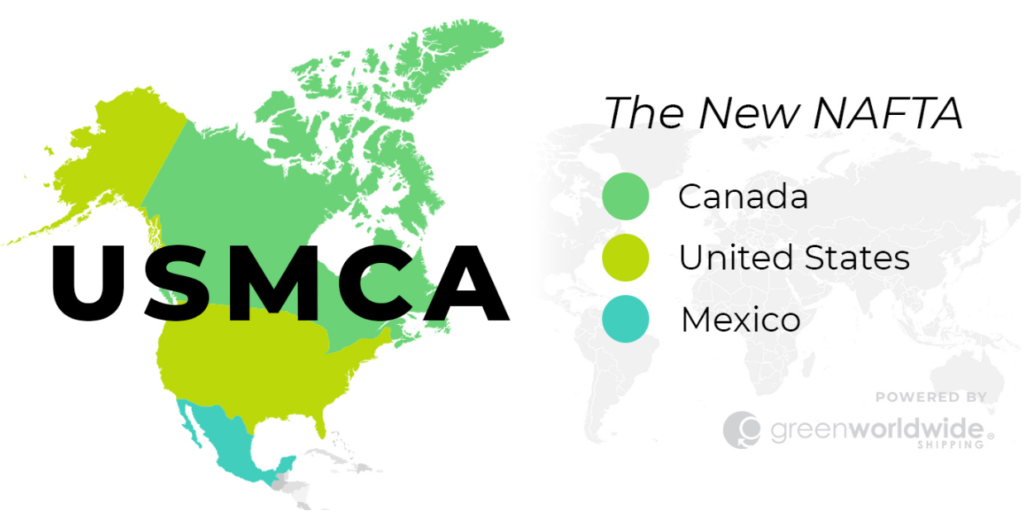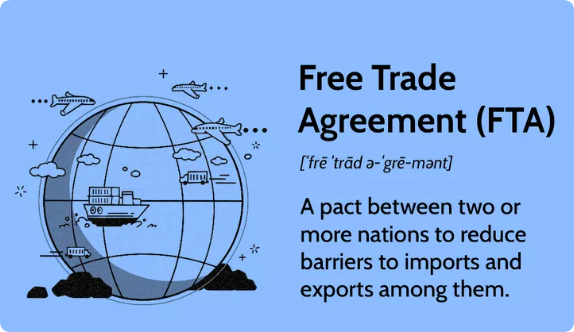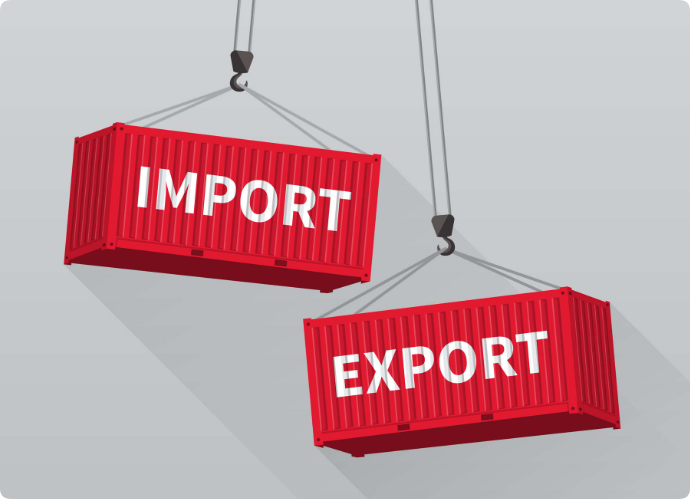The global ceramic tableware industry is deeply intertwined with international trade policies, and one of the most significant factors shaping this market is tariffs. Recent tariff fluctuations have created ripples across the supply chain, affecting manufacturers, suppliers, and buyers alike. This article will explore how these changes impact different regions, the advantages and disadvantages they bring, and how businesses can adapt to maintain competitiveness.
1. Understanding Tariffs in the Ceramic Tableware Industry
Tariffs are taxes imposed on imported goods, typically as a percentage of their value. Governments use tariffs to protect domestic industries, generate revenue, or retaliate against trade disputes. For ceramic tableware, tariffs vary widely depending on the country of import, the country of origin, and international trade agreements.
Key Factors Influencing Tariff Changes:
- Trade policies & agreements (e.g., US-China trade war, Brexit regulations)
- Economic protectionism (favoring local industries over imports)
- Supply chain disruptions (e.g., COVID-19, logistics crises)
- Shifting manufacturing hubs (e.g., rising production in Vietnam, India)
These fluctuations have had major consequences for manufacturers, importers, and retailers worldwide. Let’s break down their effects region by region.
2. Tariff Impact on Different Regions
A. United States: Shifting Sourcing Strategies
The US remains one of the largest importers of ceramic tableware. However, trade disputes, particularly with China, have significantly altered import patterns.
- Trump-era tariffs (2018-2020): The US imposed high tariffs on Chinese goods, including ceramic products, increasing costs for importers and retailers.
- Trade diversifications: Many buyers shifted sourcing to countries like Vietnam, Thailand, and Mexico to avoid heavy duties.
- USMCA agreement: The revised NAFTA deal (now USMCA) provided duty-free benefits for North American trade partners, encouraging businesses to source closer to home.

Who benefits? Manufacturers in Southeast Asia and Latin America.
Who suffers? Chinese exporters and US buyers relying on low-cost imports.
B. European Union: Sustainability and Anti-Dumping Duties
The EU maintains strict regulations on ceramic imports, balancing market protection with sustainability goals.
- Anti-dumping tariffs on Chinese ceramics: The EU has imposed long-standing duties on Chinese ceramic products to prevent market flooding.
- Sustainability-driven tariffs: New policies encourage imports of eco-friendly products, penalizing high-carbon manufacturing practices.
- Post-Brexit UK: The UK’s departure from the EU changed its trade landscape, leading to renegotiations on tariff structures with China and the rest of Europe.
Who benefits? European manufacturers focusing on sustainability.
Who suffers? Chinese exporters facing stricter EU policies.
C. Asia-Pacific: Emerging Production Hubs
Countries like Vietnam, India, and Indonesia have positioned themselves as alternatives to China in ceramic tableware production.
- Lower labor costs & relaxed tariffs: Many Western importers are turning to these nations for cost-effective sourcing.
- RCEP Agreement (2022): The Regional Comprehensive Economic Partnership (RCEP) is reducing trade barriers within Asia, boosting intra-regional trade.
- Challenges: Infrastructure gaps and inconsistent quality standards make these alternatives less stable compared to China.
Who benefits? Emerging Asian manufacturers.
Who suffers? Chinese manufacturers losing market share.
D. Middle East & Africa: Untapped Potential
While not major exporters of ceramic tableware, these regions are seeing increased investments in local production.
- New free trade agreements (FTAs): Countries like the UAE and Saudi Arabia are reducing trade barriers, fostering regional growth.

- Increased domestic manufacturing: Governments are investing in local production to reduce import reliance.
Who benefits? Local producers and new market entrants.
Who suffers? Importers facing changing regulations.
3. Comparative Analysis of Tariff Impact by Region
| Region | Tariff Trends & Trade Policies | Impact on Ceramic Tableware Trade | Beneficiaries | Sufferers |
|---|---|---|---|---|
| United States | High tariffs on Chinese imports, USMCA trade agreement | Sourcing shift to Vietnam, Mexico, and local manufacturing | SE Asian & Latin American manufacturers | Chinese exporters, US importers |
| European Union | Anti-dumping duties on Chinese ceramics, sustainability policies | Preference for eco-friendly and European-made products | EU manufacturers | Chinese exporters |
| Asia-Pacific | RCEP agreement, reduced tariffs for regional trade | Growing production in Vietnam, India, and Indonesia | Emerging Asian manufacturers | Chinese manufacturers |
| Middle East & Africa | New FTAs, rising domestic production | More regional manufacturing and investment | Local producers | Importers adapting to regulatory changes |
4. How Importers and Exporters Can Adapt

A. Diversifying Sourcing Strategies
- Buyers should explore alternative suppliers in tariff-friendly regions like Vietnam and India.
- Manufacturers must ensure product quality and compliance with varying market standards.
B. Leveraging Trade Agreements
- Businesses should capitalize on free trade agreements (FTAs) to minimize tariff costs.
- US and EU importers can explore tariff exemptions for sustainable products.
C. Optimizing Supply Chains
- Nearshoring: Companies are considering production closer to target markets to reduce tariff exposure.
- Digitalization: Investing in smart logistics and AI-driven supply chain management enhances efficiency.
D. Sustainability as a Competitive Edge
- Eco-friendly production methods help manufacturers comply with new tariff regulations in the EU.
- Brands marketing sustainability attract premium buyers, offsetting tariff costs.
5. EKA: Your Trusted Partner in Ceramic Tableware Manufacturing
Amidst these tariff fluctuations, choosing the right supplier is crucial. EKA is a leading Chinese ceramic tableware manufacturer, offering OEM and ODM solutions for global buyers.
Why Choose EKA?
✔ Tariff-Smart Solutions: We help clients navigate tariffs by optimizing supply chain strategies.
✔ Custom OEM/ODM Services: Tailored designs and branding for retailers, kitchenware buyers, and gift merchants.
✔ Quality & Compliance: Our products meet international standards, ensuring seamless importation.
✔ Sustainability Commitment: We offer eco-friendly options to align with EU and US regulations.
As global tariff policies continue to evolve, EKA remains a reliable partner for businesses seeking high-quality, cost-effective ceramic tableware solutions. Contact us today to discuss how we can support your sourcing needs in a changing trade landscape.
By understanding and adapting to tariff changes, importers and exporters can stay competitive and resilient in the evolving global ceramic tableware market.

